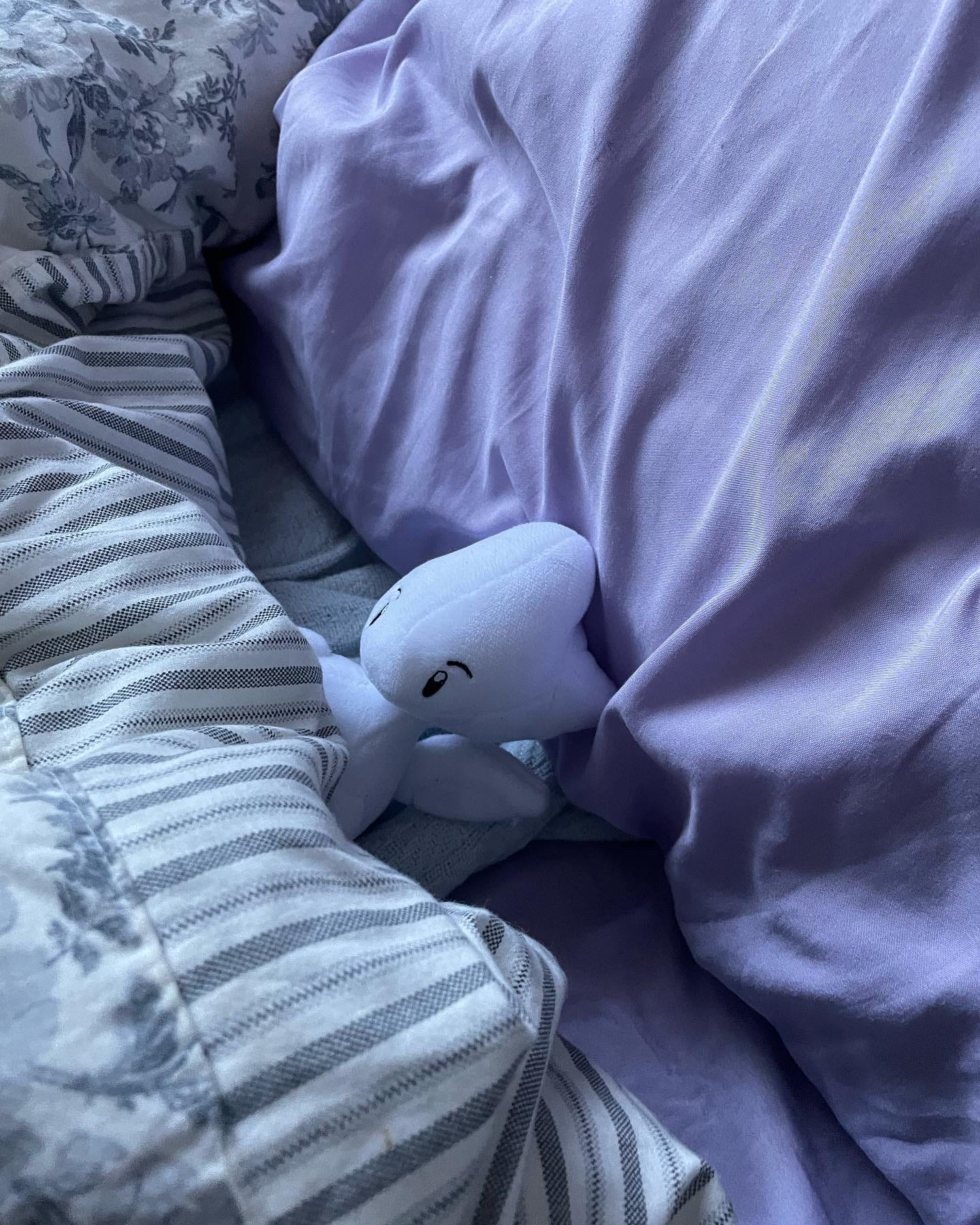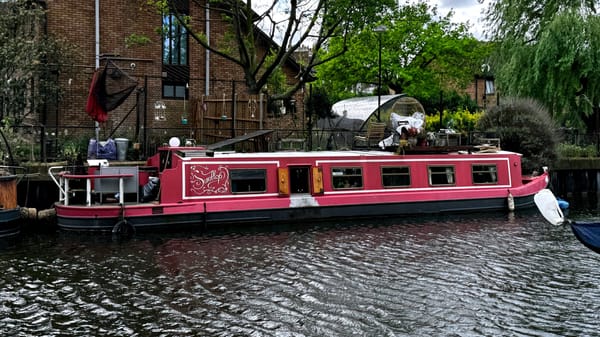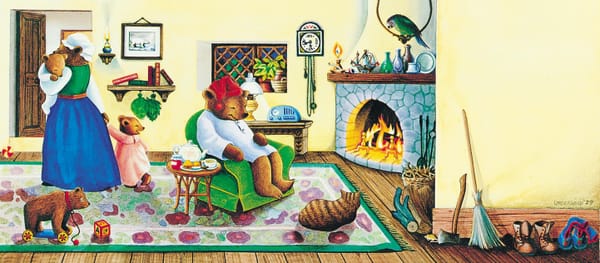"It's a trap"
On Pokémon & Lost Girlhood
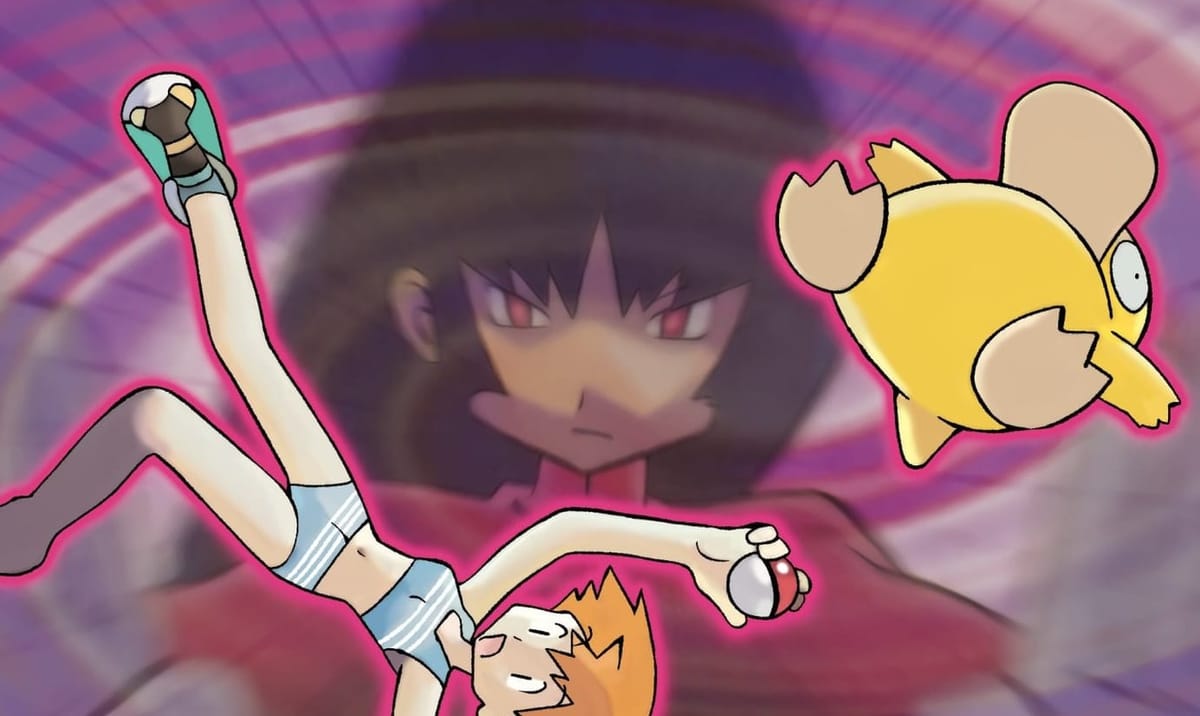
This week’s Night Water is a guest post from Grace Byron, who we last heard from on insomnia.
I once sat in a Starbucks listening to a group of men debate whether or not you could tell “a trap.” One man firmly believed you could see a tranny from a mile away. The other, possibly arguing from first-hand knowledge, believed you couldn’t. Despite this, they agreed on one thing. A trap is a trap is a trap. I don’t know why I was sitting in a Starbucks or what I was drinking but I remember walking out struck by an inexplicable sense of loss.
It’s impossible not to wonder what kind of girlhood I could’ve had. I want everyone to get their girlhood, or whatever childhood they want. When I was a kid I spent hours staring at a Pokémon card of Misty in a light blue bikini. As an eight-year-old, I thought it meant I was attracted to her. Now I know my obsession was something a little more complicated—I wanted to look like her.
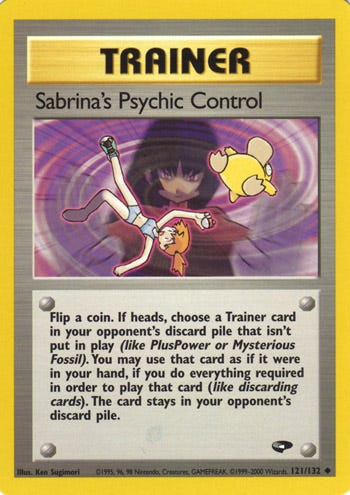
The card in question is strikingly erotic. One Pokémon trainer, Sabrina, uses her psychic powers to twirl Misty and her Psyduck around. I binged the anime religiously, watching Misty ride Ponyta, crush on Ash, and hit creepy boys over the head. But the main draw was her Togepi. She carried the little egg Pokémon around with her like a charm, letting her stronger water-type Pokémon do the heavy lifting. I became obsessed with water, believing the element to have a specific connection to the feminine. Perhaps if I drank enough water I would be the little mermaid, another of my lost girlhood crushes.
In an interview with Lorde, Hunter Schafer described how her fashion sense began with an obsession over the babydoll aesthetic. “... I feel like every trans girl has this rite of passage through the babydoll era, where you got to dress like the five-year-old girl that you never got to be.” It was, for her, a reclamation of a lost girlhood. Later in the interview, Schafer attempts to nail down the trans girl aesthetic:
“I mean, in general, I think the closest thing I have to a spirituality is I believe in people riding frequencies, or being in tune with certain frequencies based off of their experience, or whatever. Whatever that means. But I feel like there's specific frequencies that trans girls, in particular have. I can hear it in their music. I can see it in the style, there's an aesthetic and a sound.”
Many trans girls punish themselves, mourning and self-flagellating themselves over their own brand of lost girl culture. I’m a perfectionist now, a Virgo in black turtlenecks with a Protestant work ethic, but I wonder what aesthetic I would have cultivated as a fifteen-year-old girl. One born out of playful desire rather than fear. Maybe I would’ve been a normie. Maybe I would’ve dyed my hair a million times and worn hoodies until they turned crunchy. I can almost see my girlhood in Hayley Williams. Emo music, CBD brownies, and trying to make art about dating shitty band boys. Maybe I would have been a girl who could see a life for herself beyond 27. But no, I’m only torturing myself because it’s fun. There’s no reason to think people who transition younger have it any easier. Cue the headlines.
The women I admired as a kid were all tomboyish, swimming against the life men expected them to want. The little mermaid wanted a life outside her father’s kingdom, Misty was a pick-me who preferred the company of men, Hayley Williams broke into the male-dominated world of pop-punk where sexist tropes went virtually unchallenged.
Misty was the child-like counterpoint to the musicians I admired—afraid of bugs and hyper-emotional but firm in her own goals. She wanted to be the Gym Leader of Cerulean Town. When I played the video games I wandered around that small northern coastal town and tried to catch a Togepi. They were, unfortunately, quite rare. But I did catch one eventually. I leveled her up to 100 and watched her evolve into my favorite Pokémon, Togetic, before morphing into the ephemeral Togekiss. In my opinion, Togetic is cuter. Last Valentine’s Day my boyfriend got me a Togetic plush that I now take around as my own talisman. Third base is telling someone your favorite Pokémon.
A part of me hates writing my girlhood into being for cis people to analyze and express sympathy over. My girlhood is not just a ghostly Togepi obsession or staring at Misty’s orange hair and wondering if I should buy Hayley Williams’ Good Dye Young. My girlhood happened. I don’t subscribe to the idea that trans people “always know”—transmedicalism isn’t doing anyone any favors. But I do know as a child I was never quite the gender people wanted me to be. Lost girlhood isn’t just trauma porn or wispy nostalgia, it’s an active process of reclaiming joy.
Sometimes cis women act like our sadness is the same. They tell me I’m beautiful a few decibels too loud or say their nails are never as good as mine. I have received countless dresses that are not my size or style simply because it’s assumed I need them. I don’t. Still, I think kinship with women of all kinds is vital. Even cis women have their versions of lost girlhood crushed by patriarchy, racism, classism, and ableism. As a child all my friends were women. They knew something I wasn’t quite able to verbalize, something that bent space and time.
“Welcome to womanhood,” they say. “It’s a trap, it’s a trap, it’s a trap.”
